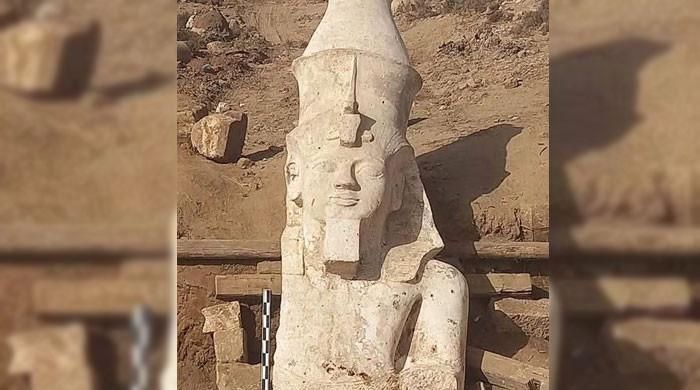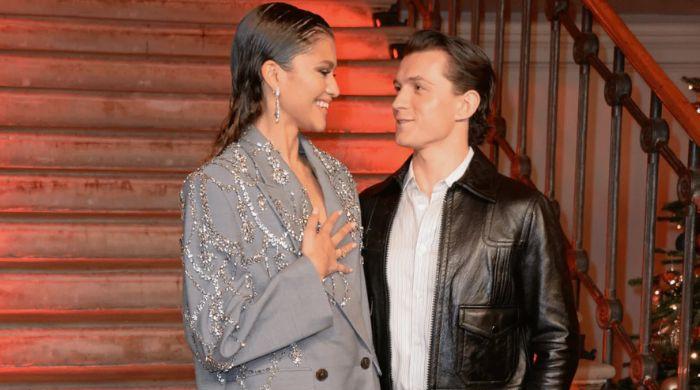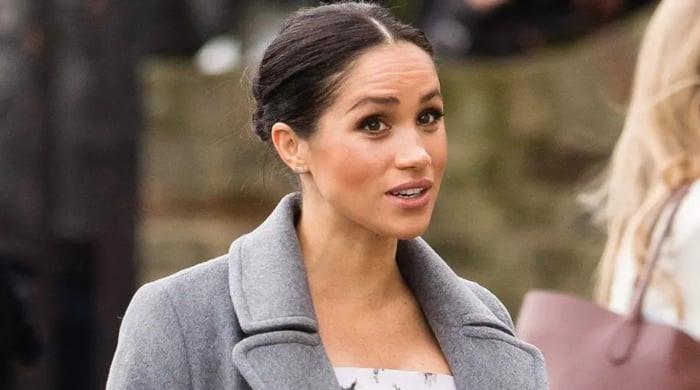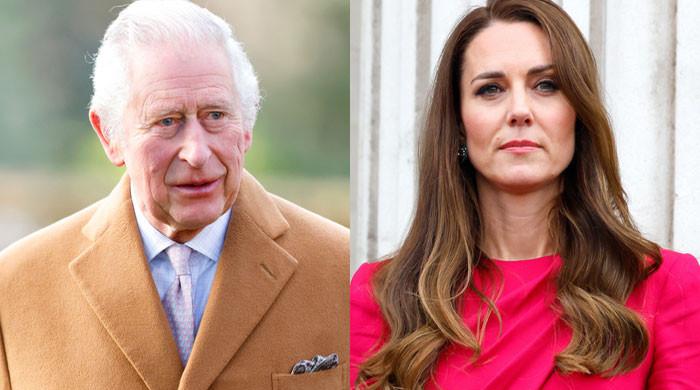An archaeological mission by Egyptian and American archaeologists discovered a large upper part of a statue of Pharaoh Ramses II during excavations in the Egyptian city of Minya. Reuters reported.
According to Egypt's Ministry of Tourism and Antiquities, the limestone block is about 3.8 meters (12.5 feet) tall and depicts Ramses seated with a double crown and a headdress topped with a king cobra.
Bassem Jihad, head of the Egyptian mission team, said the top of the statue's rear column displays hieroglyphic writings glorifying the king, one of ancient Egypt's most powerful pharaohs.
Ramses II, also called 'Ramesses the Great', ruled from 1279 to 1213 BC. C. and was the third pharaoh of the 19th Dynasty of Egypt.
The size of the statue, combined with its lower section, unearthed decades ago, would reach about 7 meters.
The city of El Ashmunein, on the western bank of the Nile River, was known in ancient Egypt as Khemnu and in Greco-Roman times it was the regional capital of Hermopolis Magna.
Studies have confirmed that the upper part of the statue matches the lower section discovered by German archaeologist Gunther Roeder in 1930, said Mustafa Waziri, head of Egypt's Supreme Council of Antiquities.
The mission has begun cleaning and preparing the block before modeling what the statue would look like when the two sections are combined, Waziri said.












